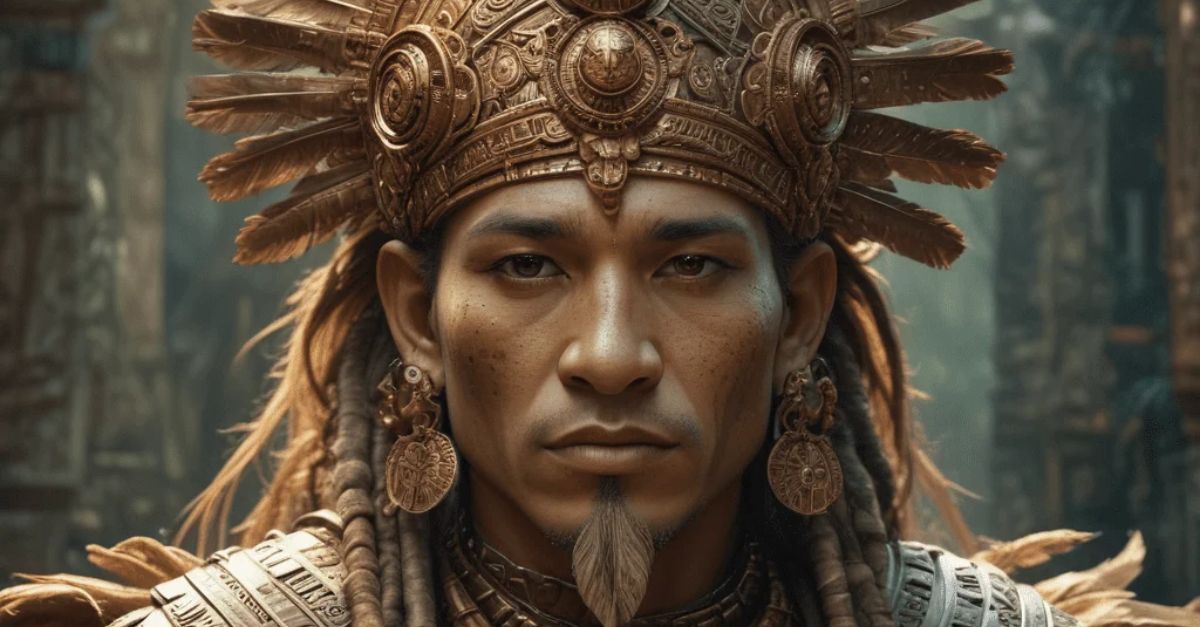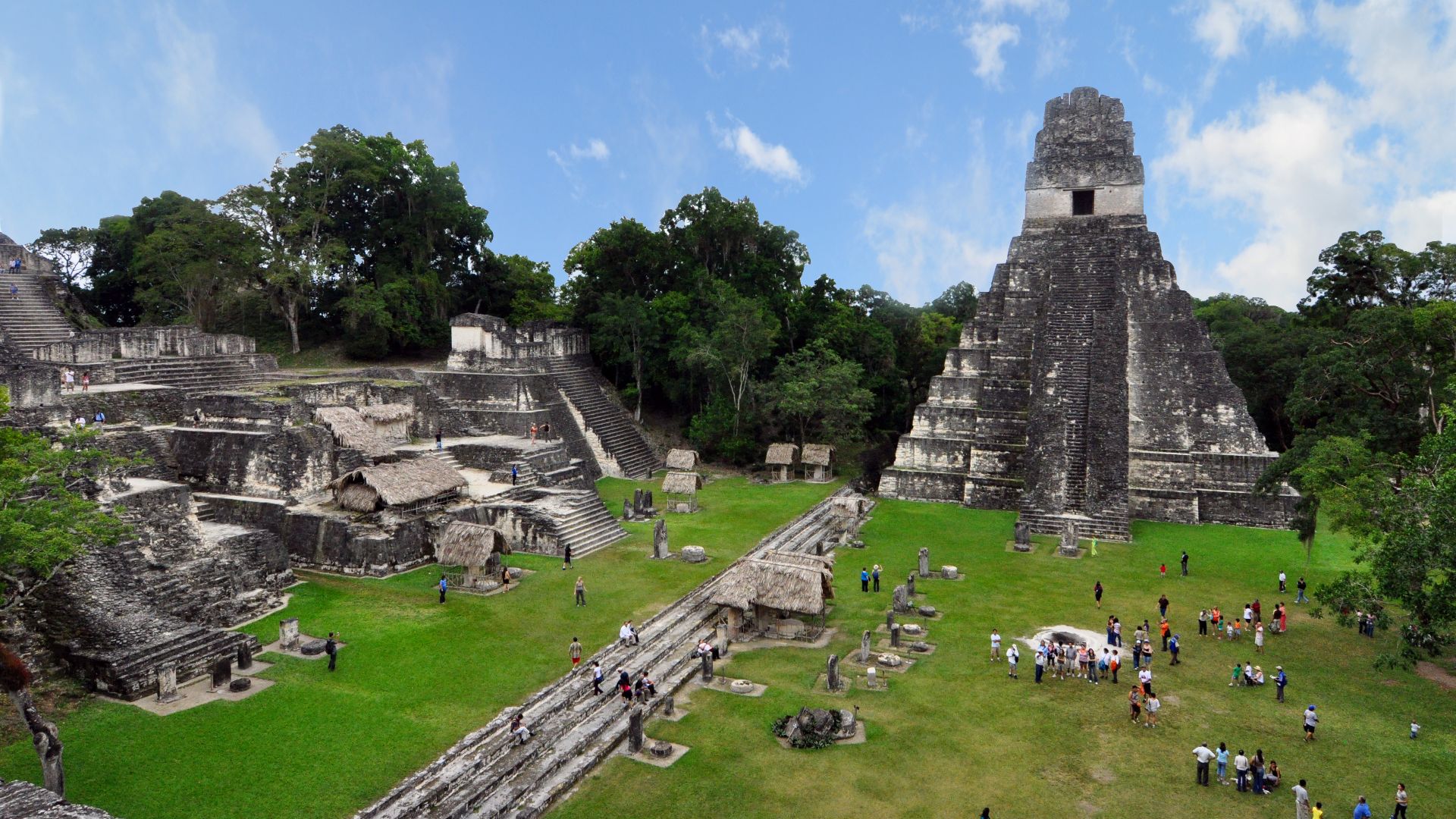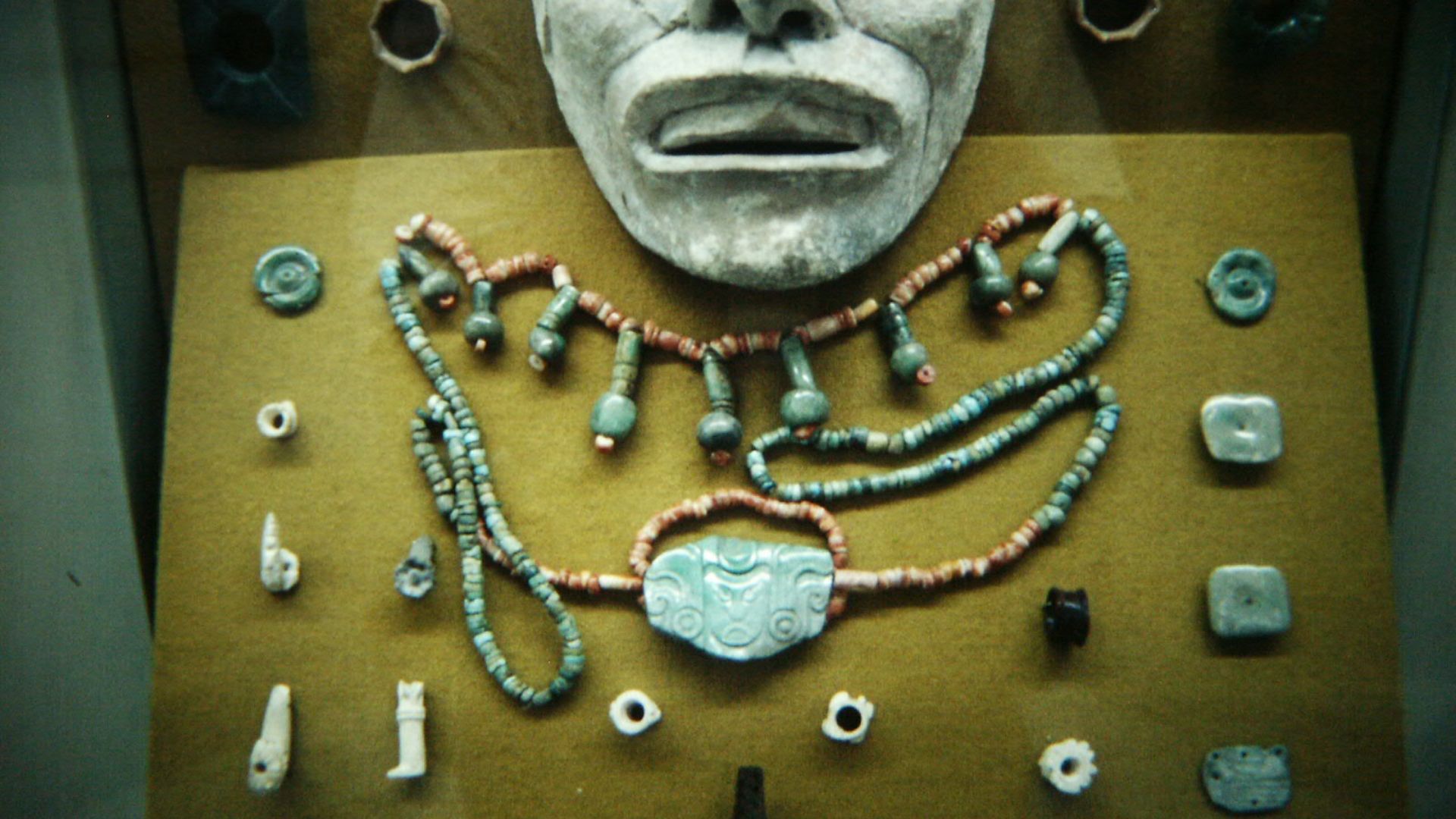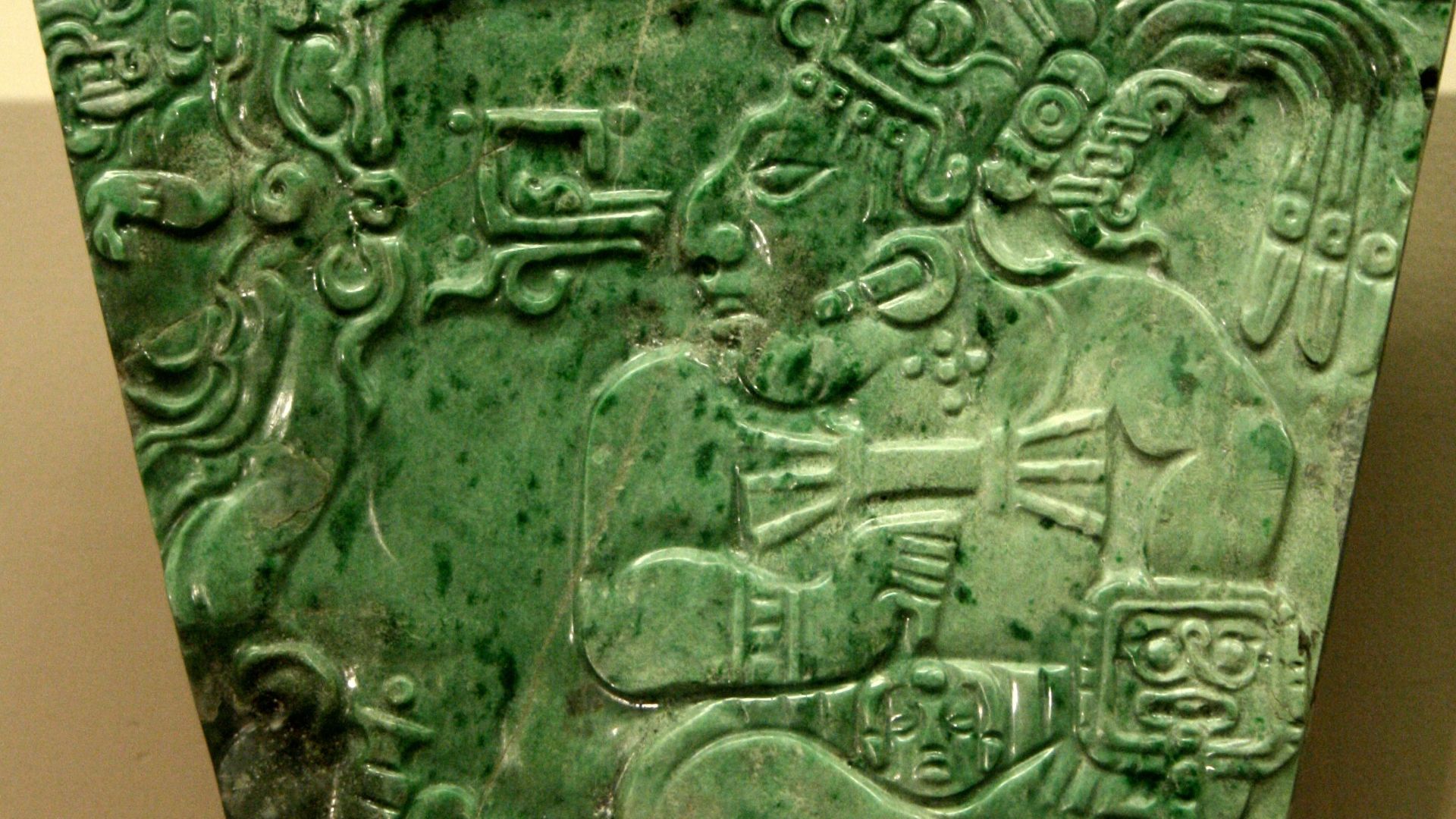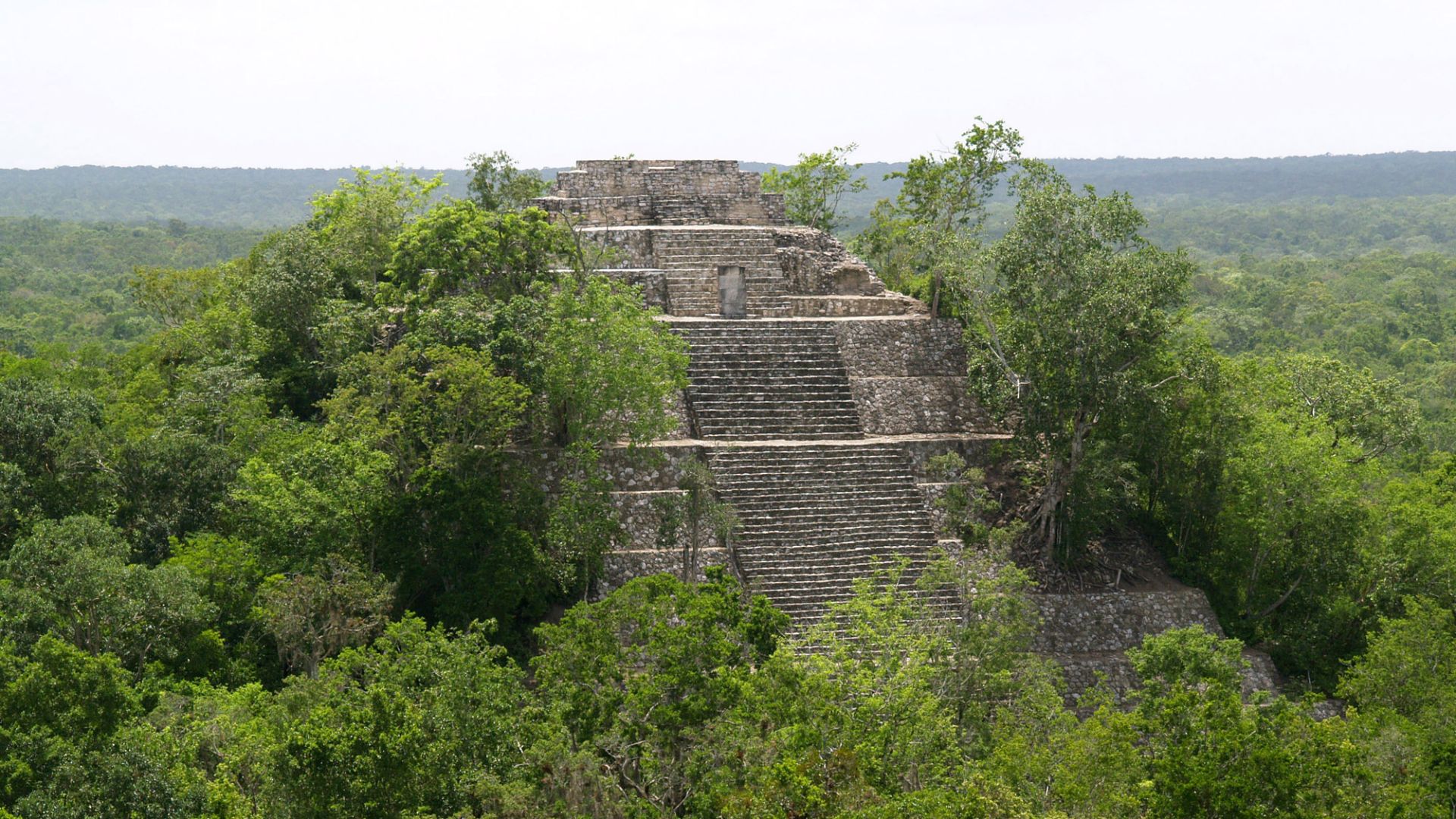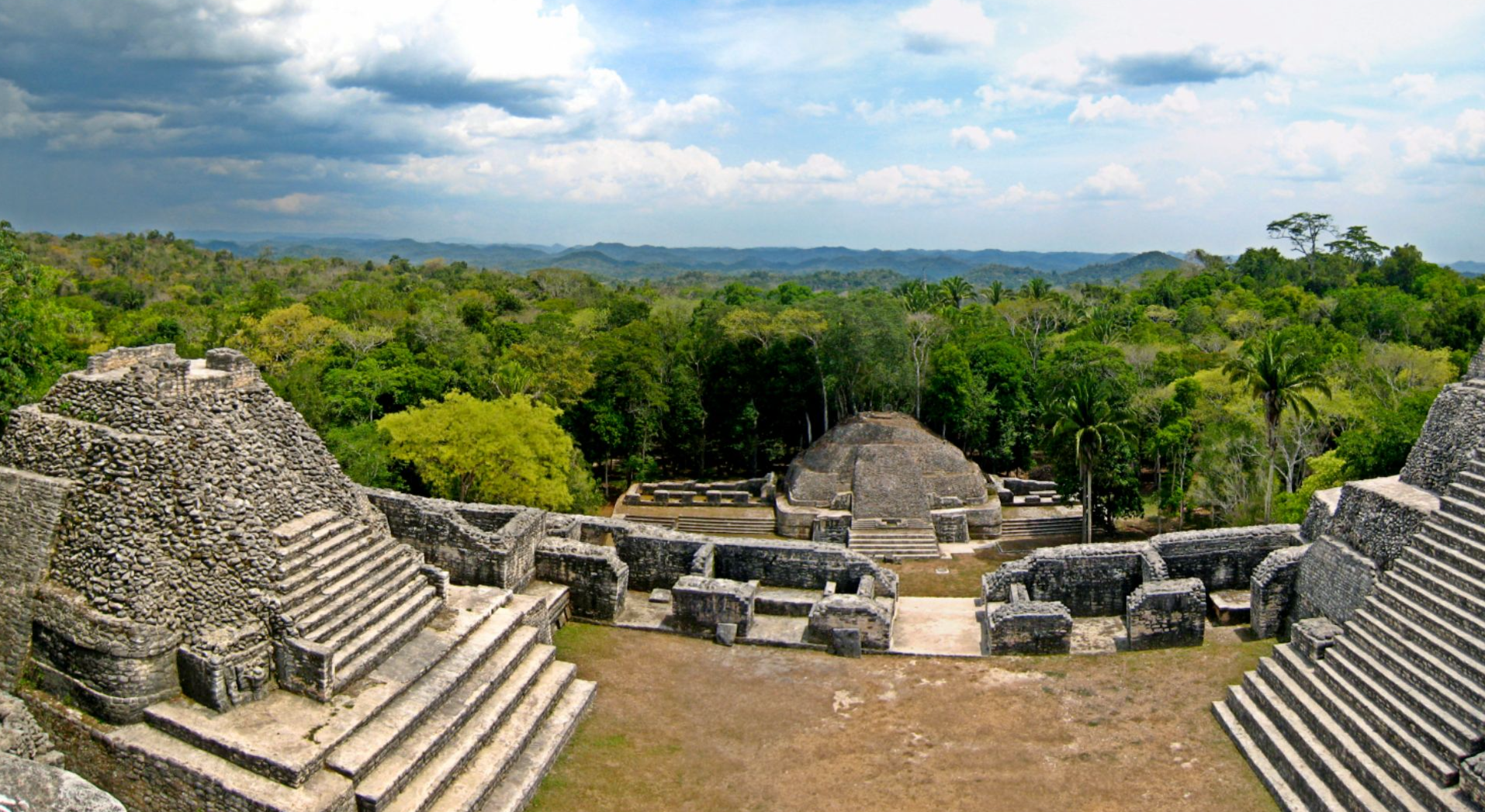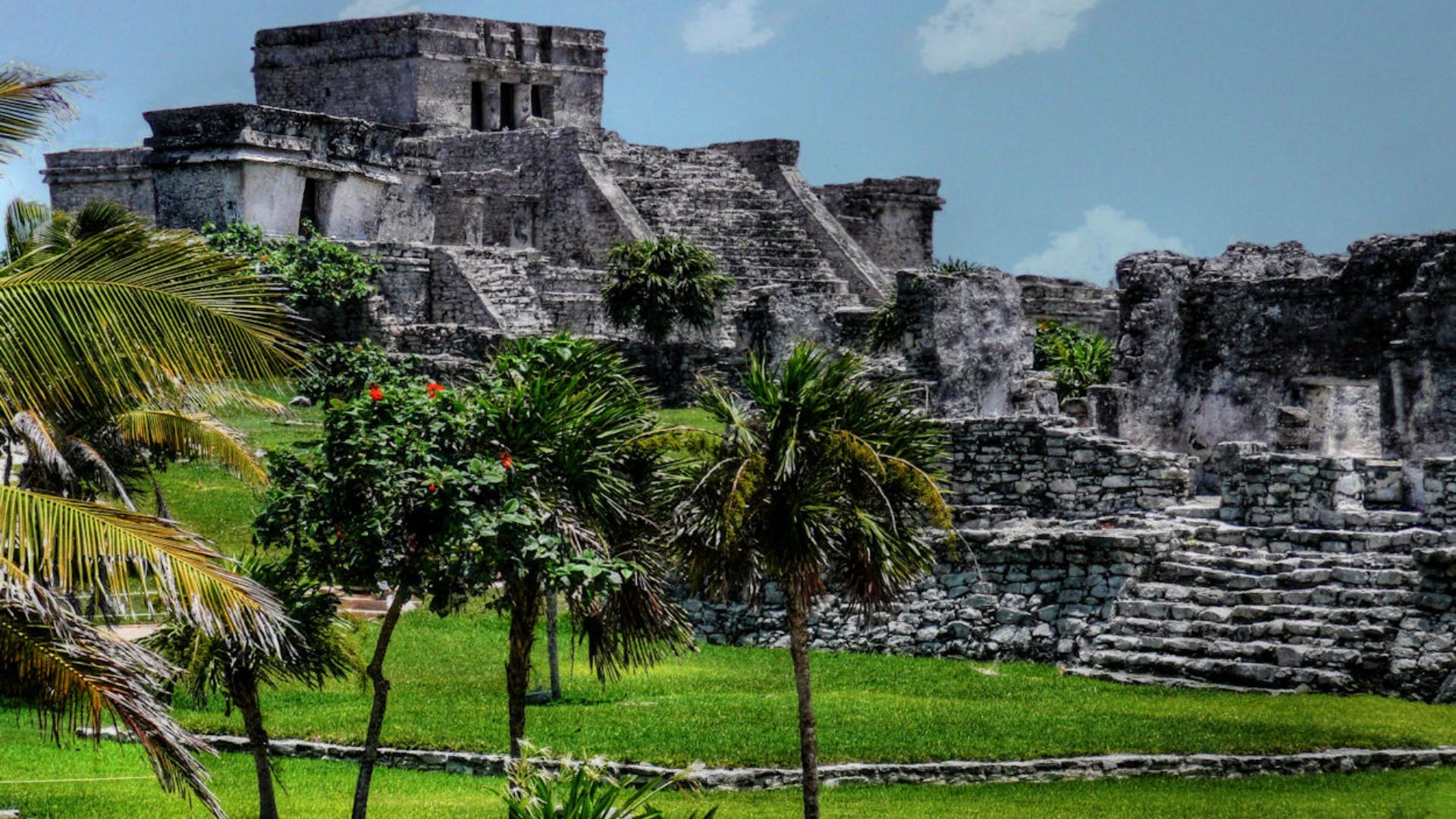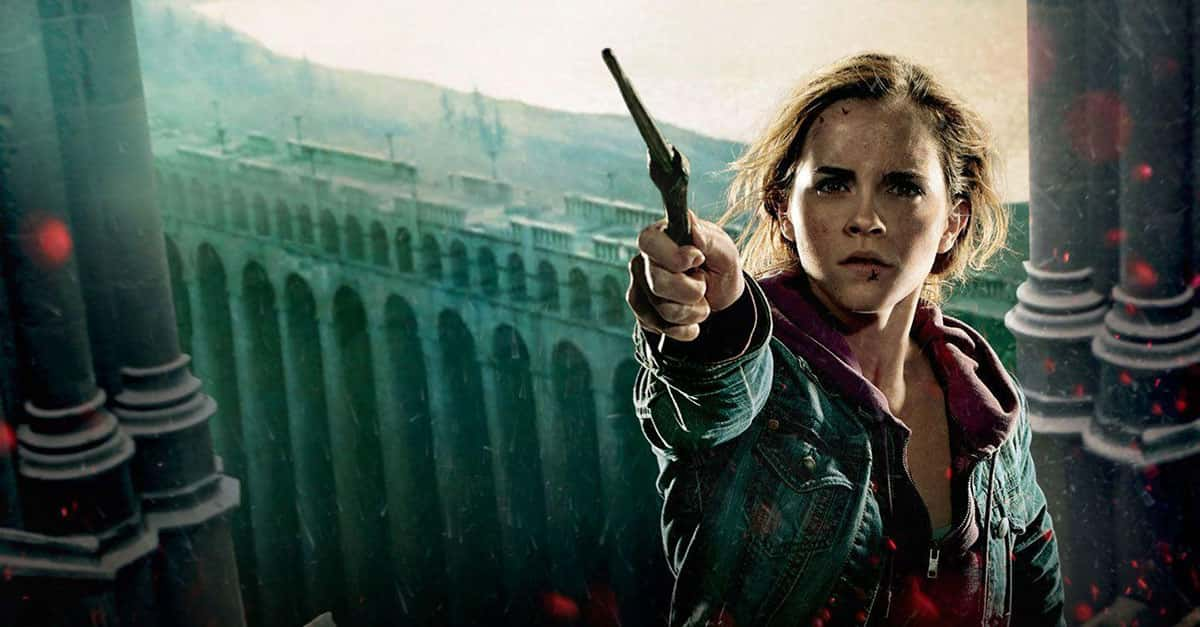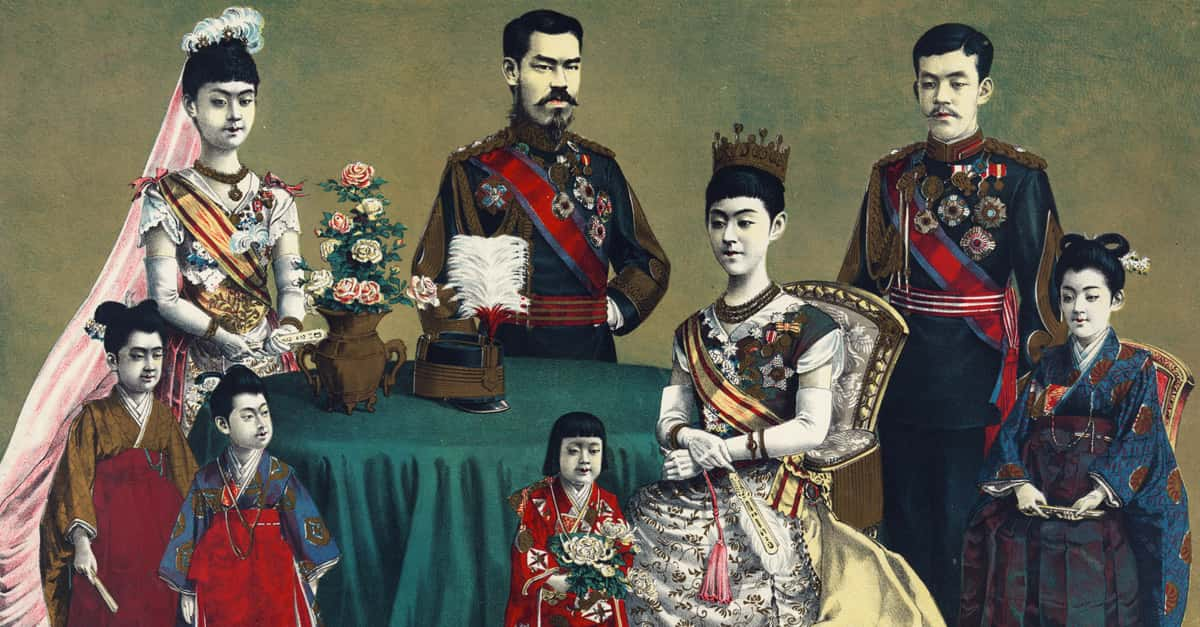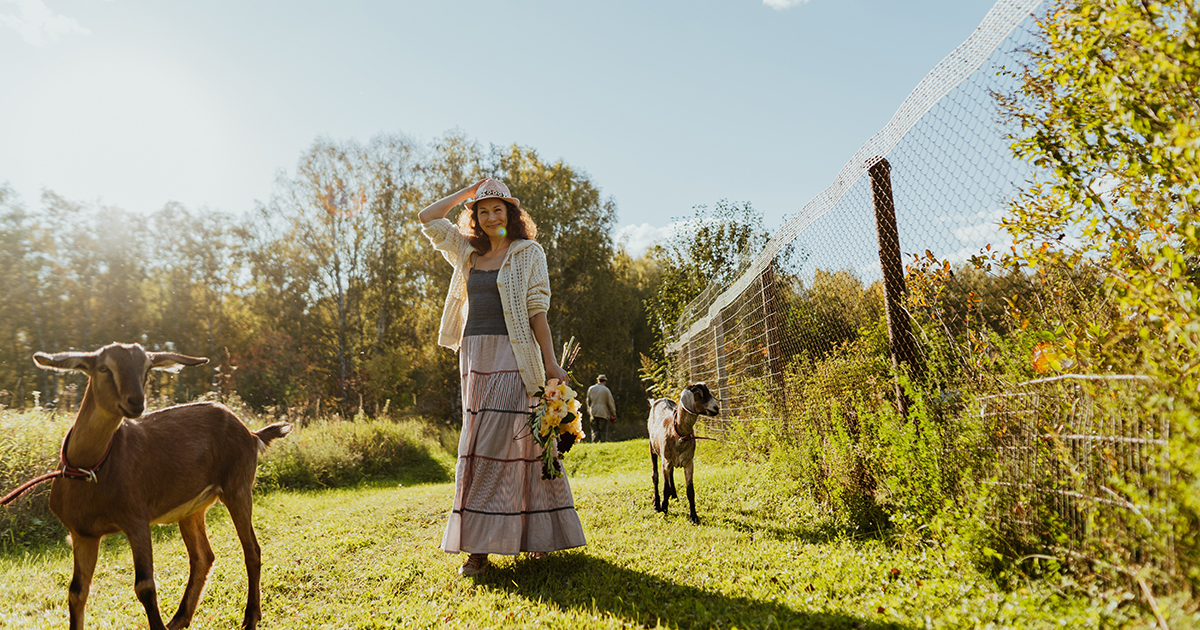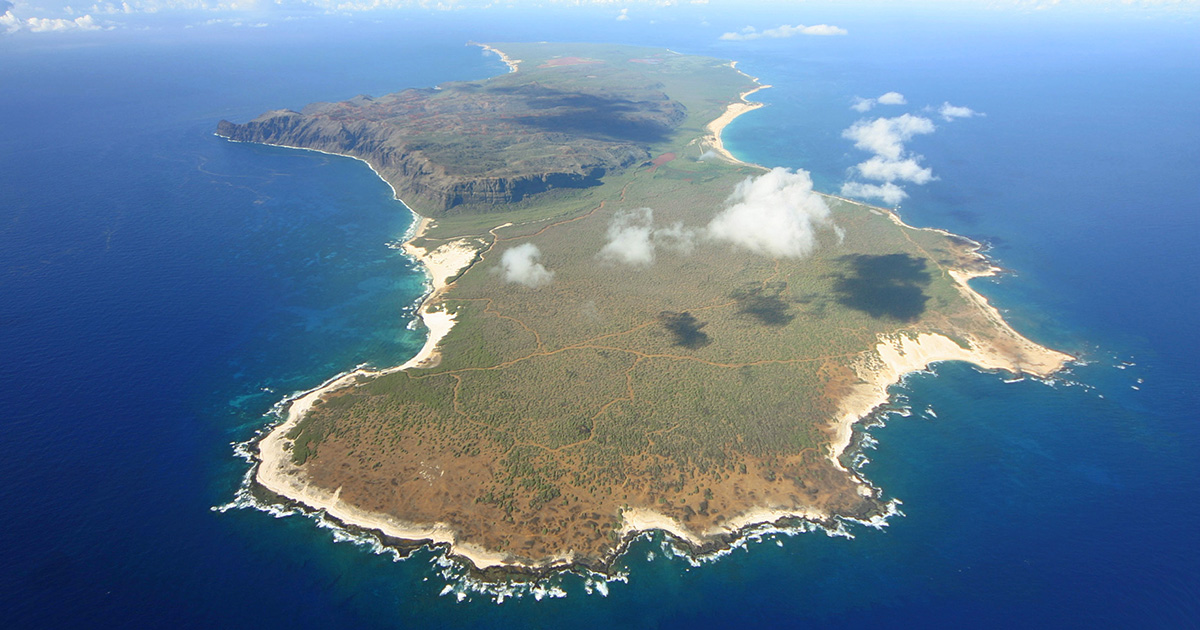Up With The Smoke
In most civilizations, a regime passes down the kingdom to their sons (or daughters). In this story, things were different because fire sealed the change, and an unexpected candidate took over.
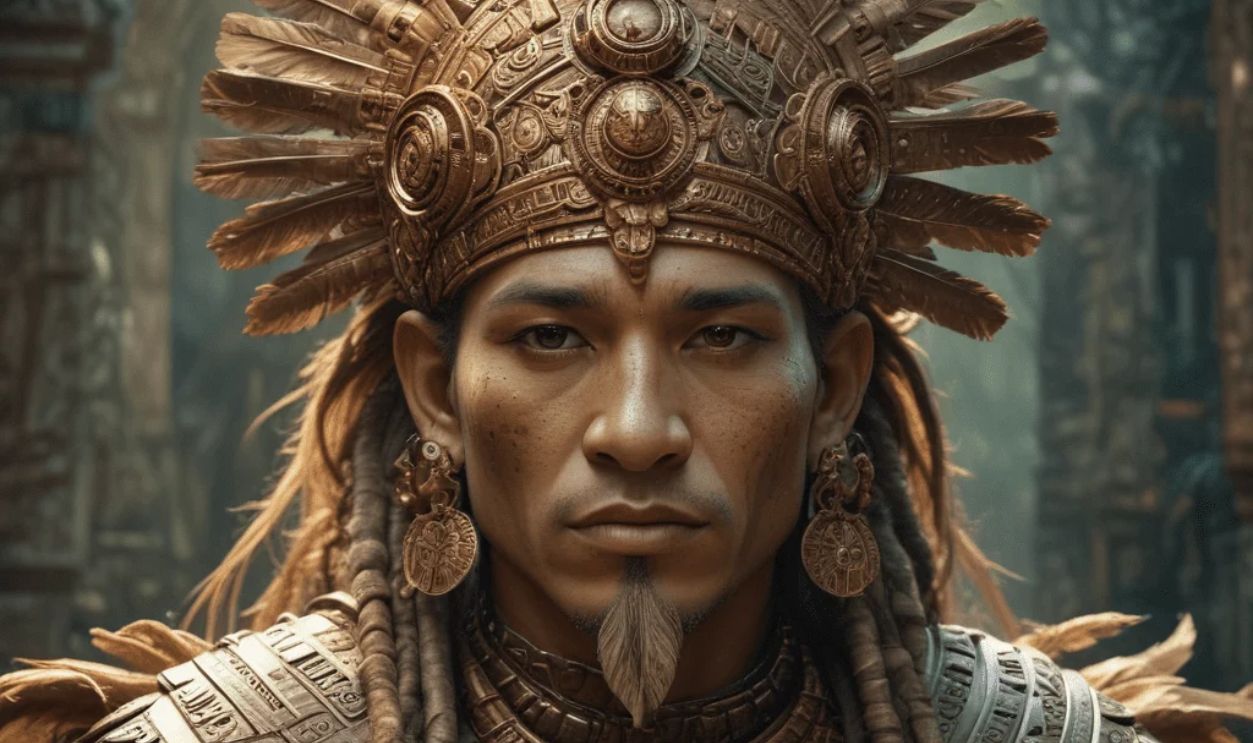
Ucanal Was The Capital That Held The Story
Ucanal, in today’s Guatemala, served as the capital of the K’anwitznal kingdom. Excavations by the Proyecto Arqueologico Ucanal, with support from local communities and the Ministry of Culture, uncovered ritual layers where political change unfolded right inside the city’s ceremonial heart.
The Fire Erupted Between 773 And 881 AD
The burn event occurred between 773 and 881 AD in the Maya city of Ucanal, Guatemala. Archaeologists uncovered scorched bones, shattered jade, and construction filled with ash. The fire marked a sharp pivot in K’anwitznal’s political timeline, erupting in full view of its citizens.
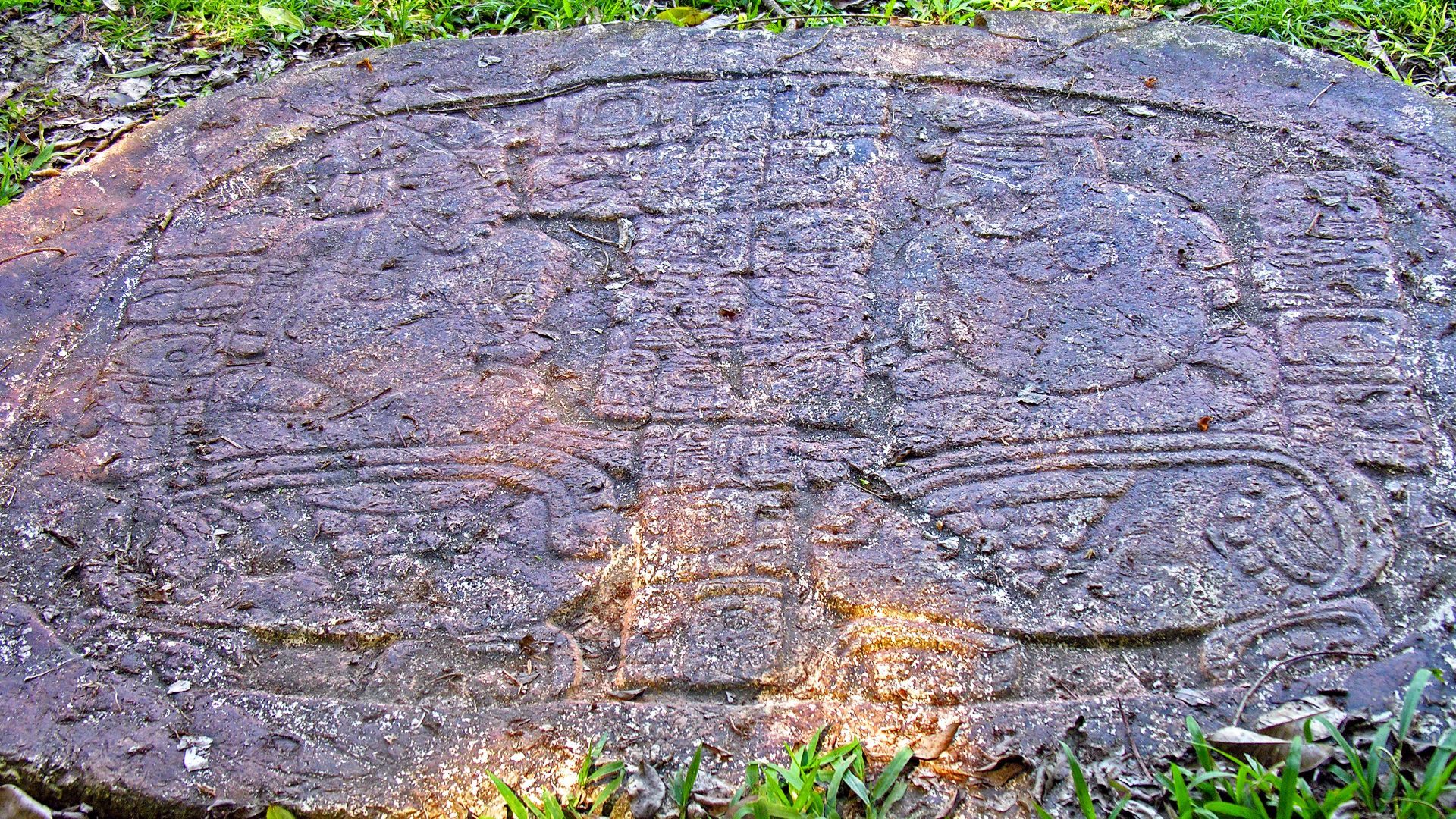 Dennis G. Jarvis, Wikimedia Commons
Dennis G. Jarvis, Wikimedia Commons
What Was The Significance Of Fire For The Maya?
Fire meant a transformation of some sort. The Mayans used it to cleanse homes, close chapters, mark leadership shifts, and, of course, cook. It scorched fields before planting and reset calendars. In every flame, they saw renewal and deliberate change.
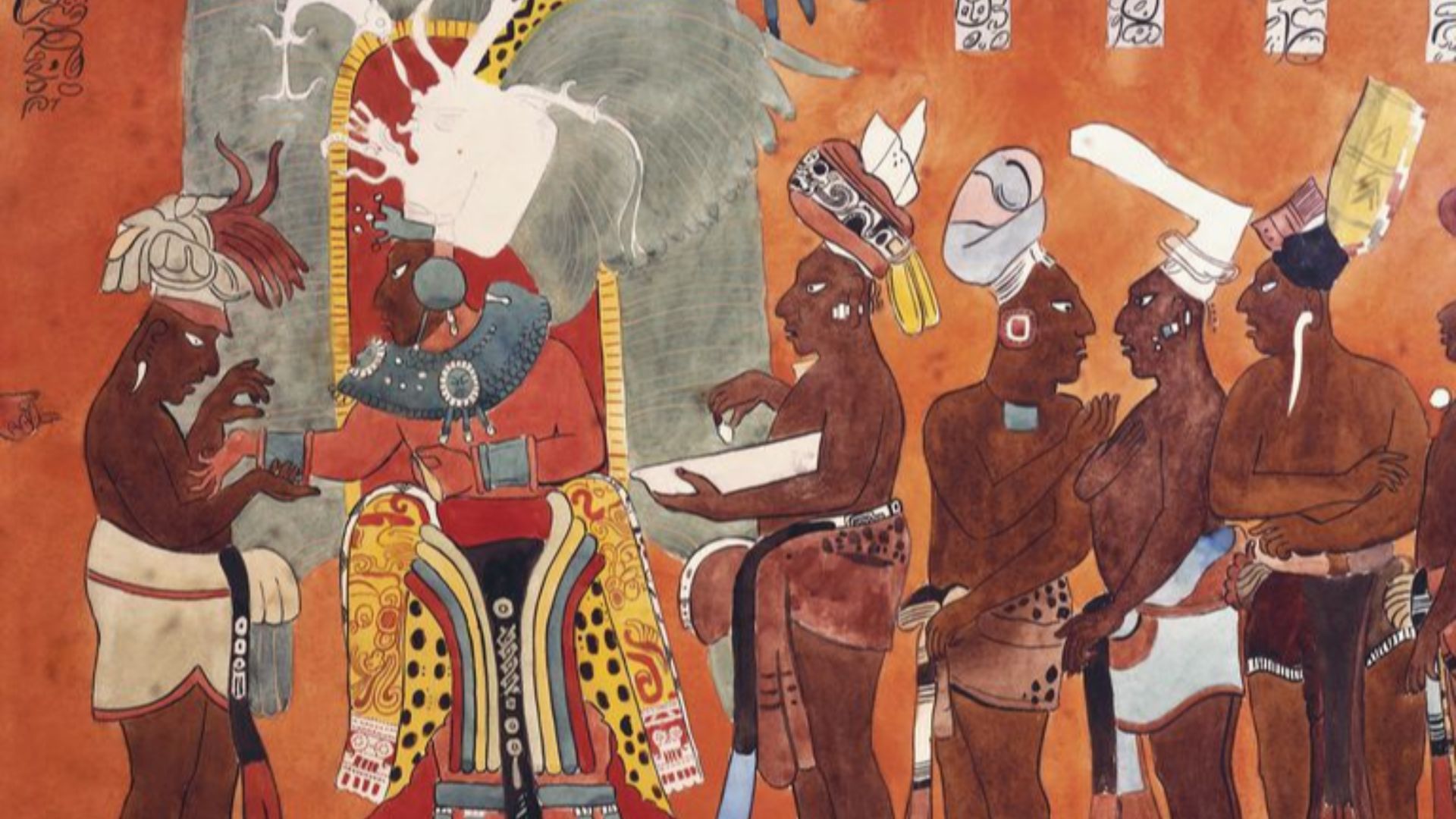 Emmashavrick, Wikimedia Commons
Emmashavrick, Wikimedia Commons
This Specific Fire Was Because Of…
The blaze at Ucanal signaled a powerful shift. Royals and ornaments ignited in front of the people, announcing the end of one dynasty and the rise of another. At high temperatures, the heat split artifacts and solidified a new political order. But why would they “fire” the dynasty literally?
 Ancient Mystery Exposed: Maya Artifact Burning by KnowlegeTuber's
Ancient Mystery Exposed: Maya Artifact Burning by KnowlegeTuber's
Why Would Burning Be The Solution?
Back then, when people (not just the Maya) had had enough of the old regime, they didn’t file complaints—they would set it on fire. You’re thinking, “Why not vote or just chase them off?” Same. But power worked differently. Burning meant breaking ties, flipping the script, and cleansing the slate.
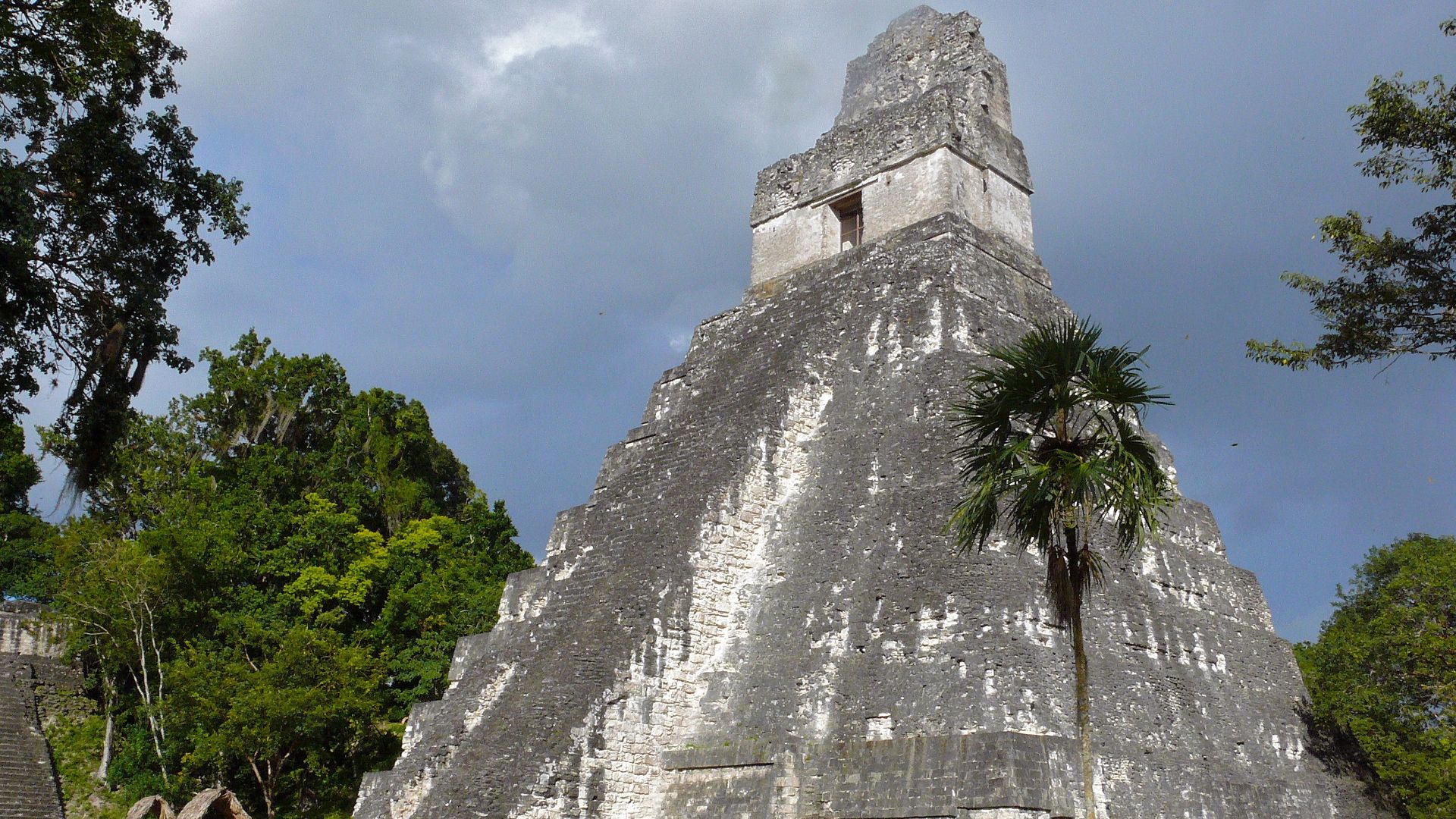 Bernard DUPONT from FRANCE, Wikimedia Commons
Bernard DUPONT from FRANCE, Wikimedia Commons
The Burning Marked A New Political Identity
This act opened a new book for the Maya. The dismantling of the royal line cleared the stage for a fresh system of rule. The K’anwitznal kingdom was undergoing a rebrand with a fire-forging identity through destruction and renewal.
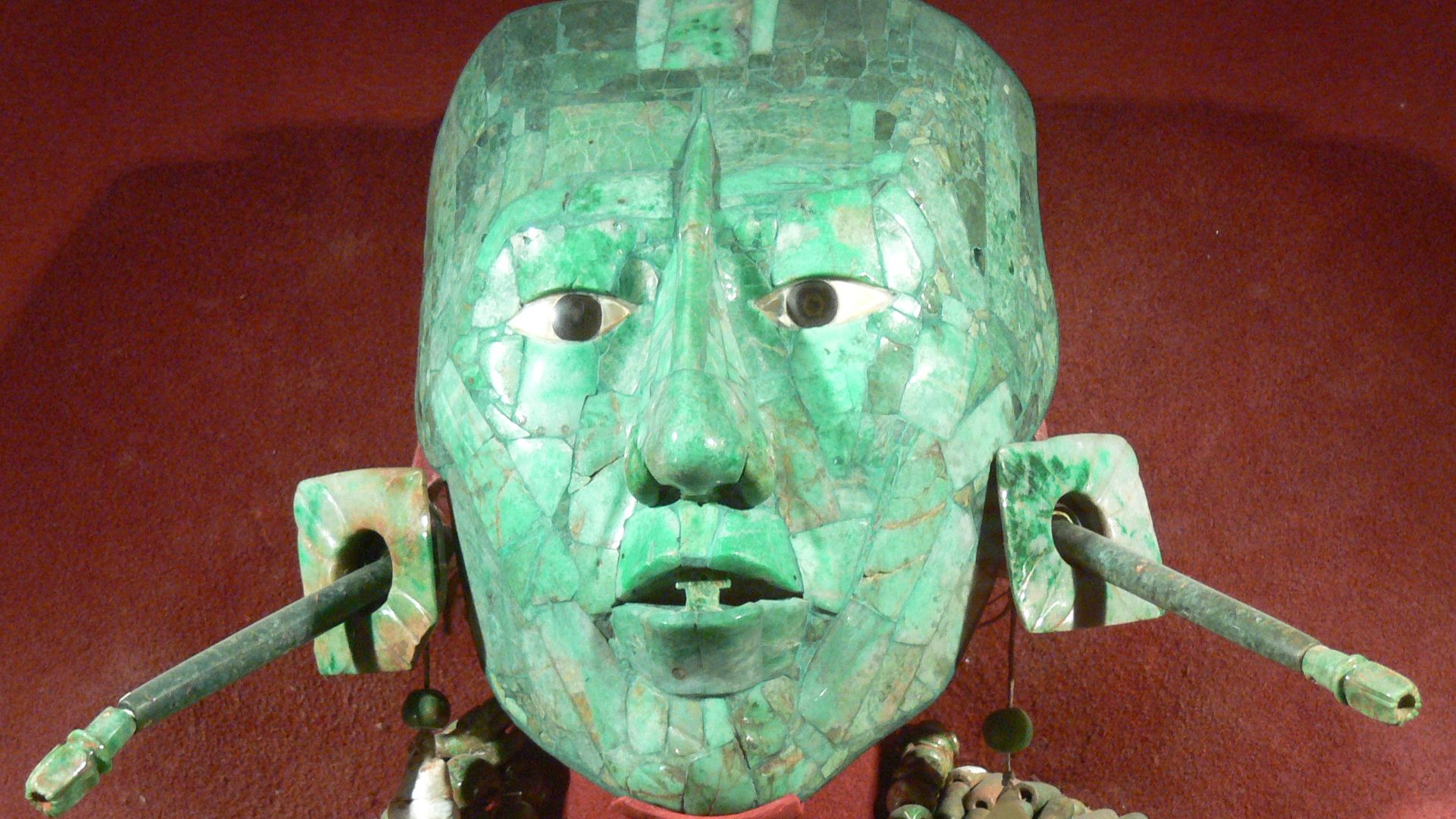 Wolfgang Sauber, Wikimedia Commons
Wolfgang Sauber, Wikimedia Commons
The Ceremony Reversed Maya Burial Norms
Traditional Maya funerals honored lineage with sacred tombs and preserved offerings. This event flipped the custom. Royals came out of their tombs, only to be burned and buried with refuse. The reversal acted as a rejection of dynastic tradition.
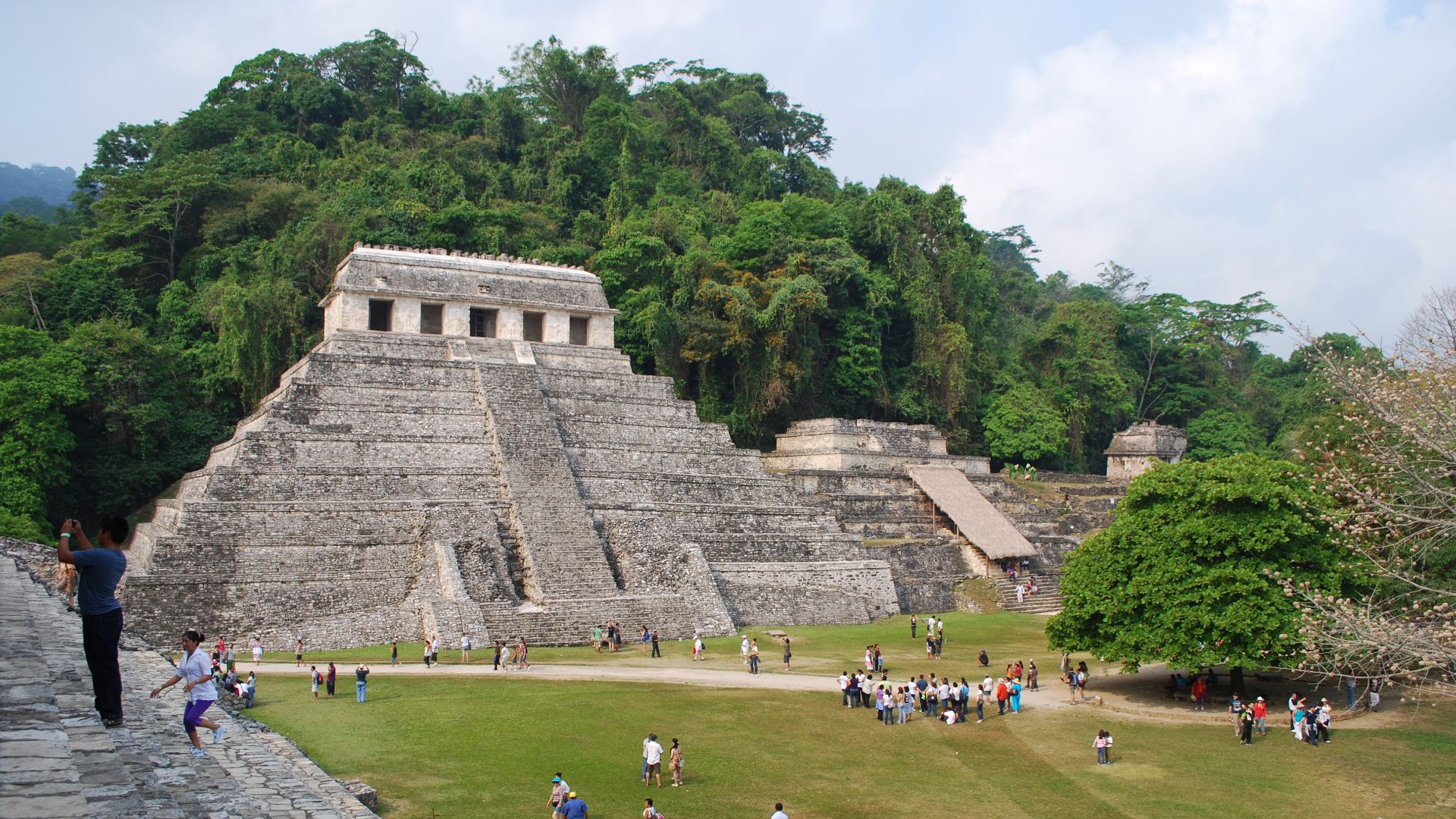 AlejandroLinaresGarcia, Wikimedia Commons
AlejandroLinaresGarcia, Wikimedia Commons
Four Adults Were Burned In The Plaza
Archaeologists uncovered bone remains from at least four adults, tangled with jade shards and large stone blades. Their bodies, once resting in tombs, were brought to a plaza and burned with no protective layering. The act erased the royal legacy and declared a regime’s final breath.
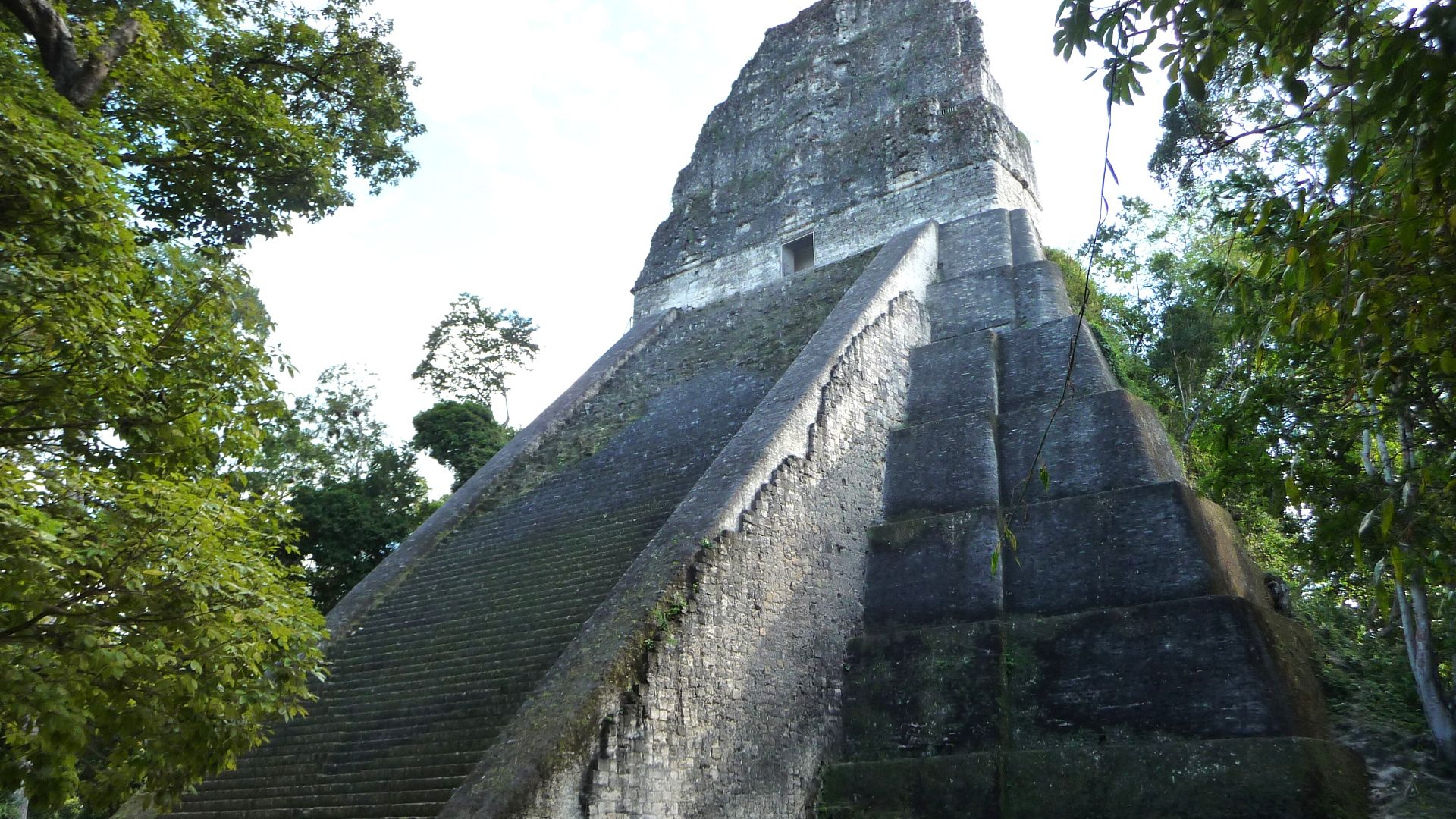 Ondrej Zvacek, Wikimedia Commons
Ondrej Zvacek, Wikimedia Commons
The Burn Happened In A Public Plaza
The burning was no secret because the fire took place in Ucanal’s main plaza, not in a hidden chamber or royal enclosure. The plaza acted as a stage where destruction became a civic ritual. Everyone could watch as symbols of power turned to smoke, sealing the statement with spectacle.
 Daniel Schwen, Wikimedia Commons
Daniel Schwen, Wikimedia Commons
The Event Was Designed To Be Emotional
Scholars describe it as a dramatic public affair, rich with ceremony and emotion. Dr Christina T Halperin, one of the study’s curators, called it a “dramatic public affair,” rich with ceremony and emotion to signal the demise of an ancient regime.
 Christina Halperin : l'anthropologie et les Mayas a l'UdeM by Faculte des arts et des sciences UdeM
Christina Halperin : l'anthropologie et les Mayas a l'UdeM by Faculte des arts et des sciences UdeM
The Fire Possibly Reached Over 800 Degrees Celsius
Excavation teams recorded char patterns indicating a fire that blazed hotter than 800°C. That level of heat doesn’t come from a casual ritual. It takes planning, fuel, and intention. The fire’s intensity amplified its message that this was controlled, purposeful political combustion.
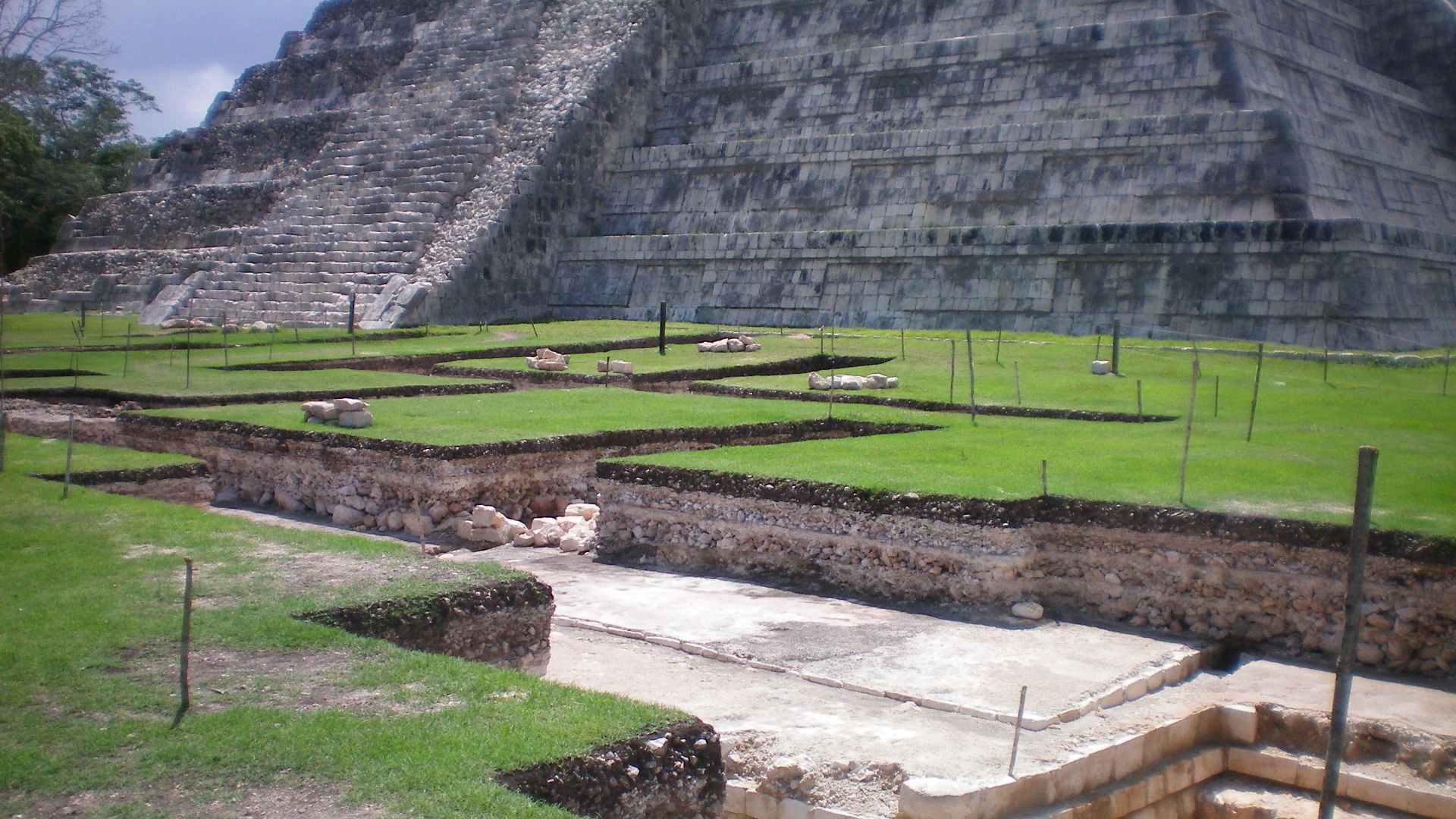 Canuckle (talk), Wikimedia Commons
Canuckle (talk), Wikimedia Commons
And They Burned Everything, Including Jade
About 1,470 fragments of greenstone jewelry, blades, pendants, plaques, and mosaics ignited alongside human remains. These items came directly from royal tombs. Their destruction stripped power from elite symbolism and turned precious heirlooms into ashes.
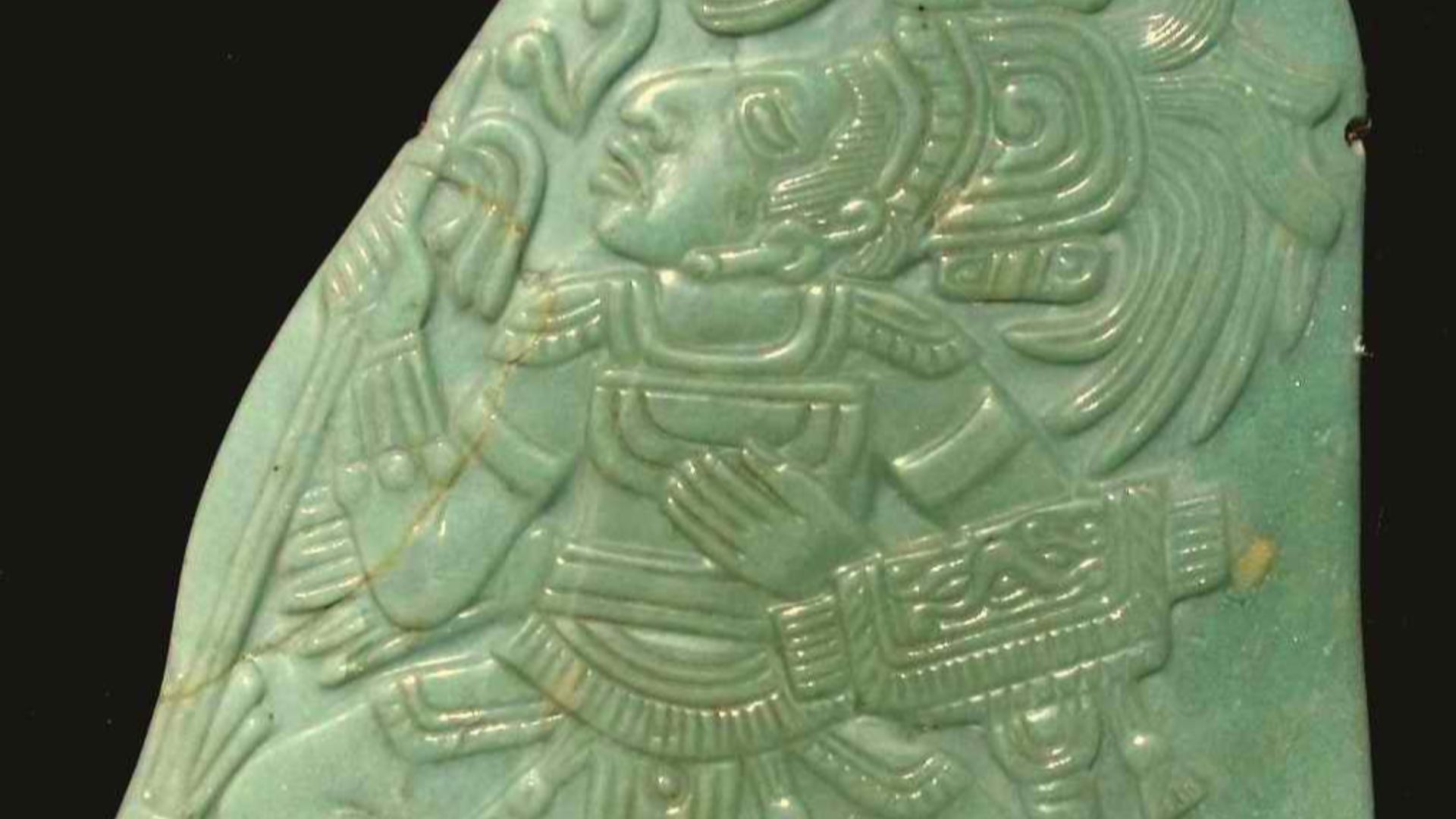 w:User:John Hill, Wikimedia Commons
w:User:John Hill, Wikimedia Commons
The Ornaments Were From Multiple Individuals
The variety in jade fragments—sizes and craftsmanship—indicates they came from more than one person. This was clearly not a single ruler’s memorial. It was a mass discard of a dynasty. Each piece added to the public rejection of inherited rule.
Jade Was A Powerful, Powerful Symbol To The Maya
Jade meant everything to the Maya because it was a living stone. It showed off status and tied wearers to the gods. The green glow echoed life, maize, and renewal. People traded it across regions, especially from Guatemala’s Motagua Valley. This stuff was pretty—and powerful.
Who Wore And Owned Jade
Kings, nobles, elites, and high officials layered it in masks and jewelry that announced, “we are the bosses; anointed and fortunate”. Priests wore jade during ceremonies, connecting with the gods. Warriors carried pieces as marks of strength. Some commoners wore small beads to bring that sacred shine into daily life.
 amanderson2, Wikimedia Commons
amanderson2, Wikimedia Commons
The Ornaments Were Smashed By The Fire
The jade pendants and blades must have broken and melted during the fire. That destruction is typical when you apply heat to any material. This act of breaking strips them of function and identity, before fire erases their meaning. Power was dismantled piece by piece.
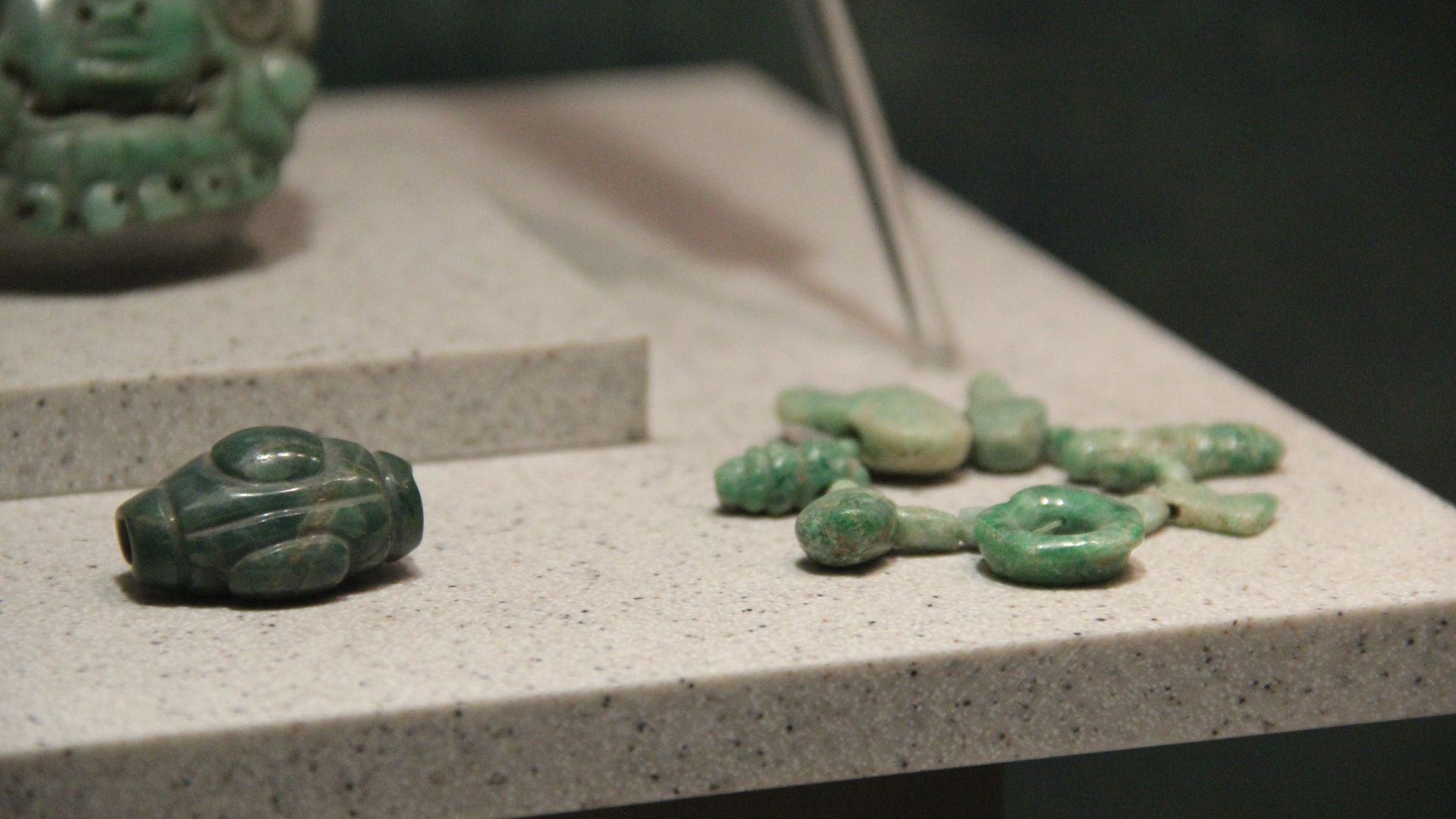 Gary Todd from Xinzheng, China, Wikimedia Commons
Gary Todd from Xinzheng, China, Wikimedia Commons
What Happened After The Burn?
Here’s where it gets wild. After the fire, workers burned royal bones, and shattered jade got tossed straight into a construction fill, scattered beneath limestone blocks. In 2022, excavations at Structure K-2 in Ucanal revealed Burial 20-1, burned human bones and sacred artifacts sealed inside a construction fill.
The Construction Overlap Was Intentional
Archaeologists found the burned remains inside temple construction layers, suggesting the builders didn’t stumble onto a forgotten tomb. They worked with full awareness. The ceramics matched the early Winik phase, and radiocarbon dating fixed the moment between AD 773 and 881.
The Event Followed The Classic Collapse Trend
Across the Maya lowlands, the ninth century brought sweeping political changes. Cities fell, dynasties broke, and power maps redrew themselves. K’anwitznal’s fiery pivot fits the pattern, but it stands out for how clearly the moment of transformation burned into the archaeological record. Then came Papmalil.
Who Was Papmalil?
Let’s talk about the man who walked into power with no crown waiting. Papmalil didn’t inherit the throne; he took it. While smoke curled from royal tombs, he stepped up, tore down old monuments, lit up the past, and claimed the title.
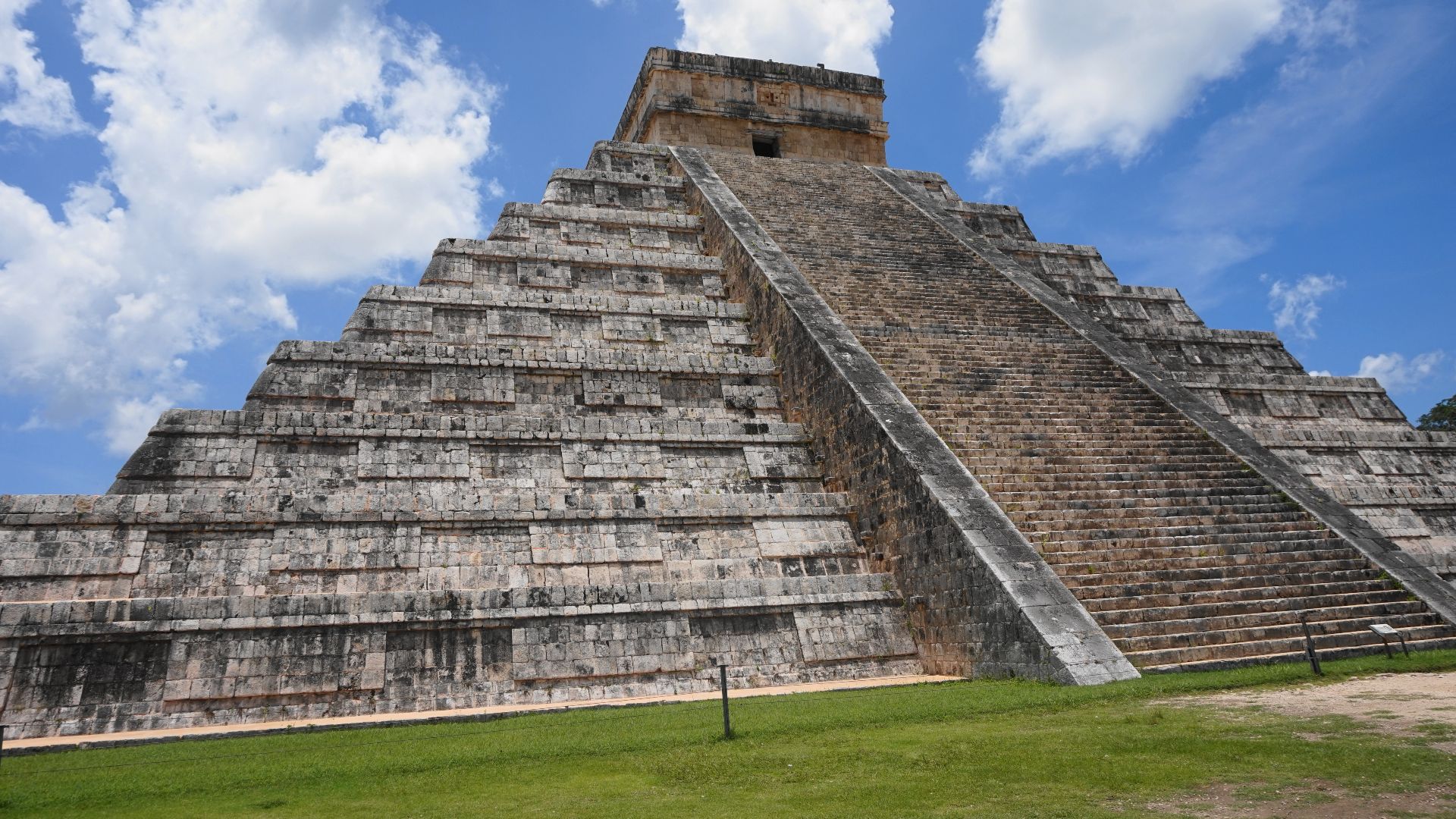 Scratchbotox, Wikimedia Commons
Scratchbotox, Wikimedia Commons
Papmalil Rose Without A Royal Pedigree
Papmalil’s ancestry remains unclear, but his leadership launched widespread rebuilding across Ucanal. From the civic center to outer homes, the city expanded fast. His rule introduced a new political dynamic and ended the long-standing royal succession line.
Papmalil Also Repositioned Power
By AD 820, he appeared on Altars 12 and 13 at Caracol, face-to-face with King Toobil Yopaat as the lead voice. He shows up three times on Altar 13, more than the Caracol king himself. Just two decades earlier, K’anwitznal’s ruler, Xub Chahk, stood as a bound captive.
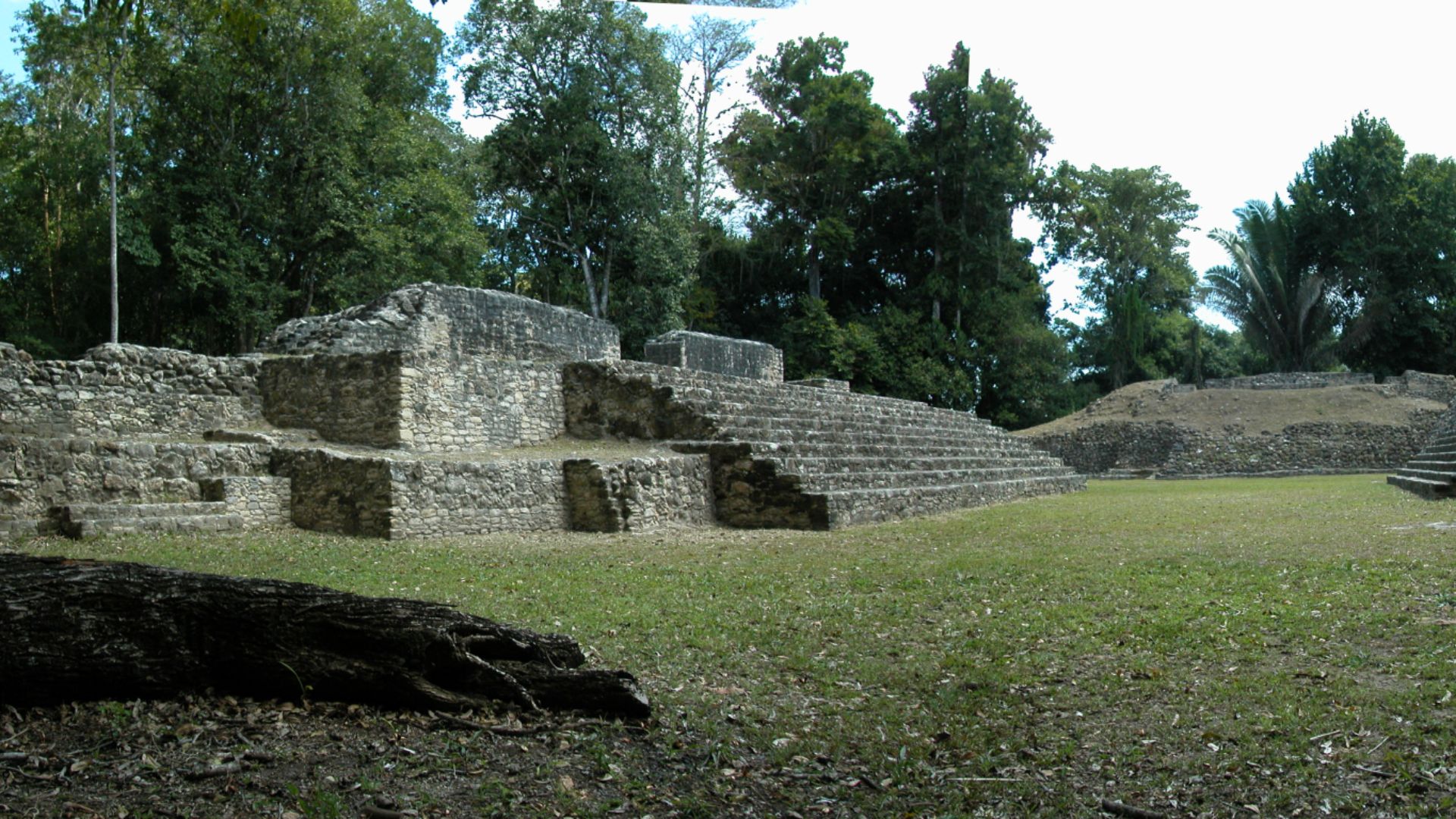 David Germain, Wikimedia Commons
David Germain, Wikimedia Commons
Papmalil Flipped That Script Fast
Papmalil’s influence extended to multiple regions. These were like Naranjo and Nakum between AD 814–859, though specific events in 814 and 849 require further confirmation. He is confirmed at Ixlu in 859 as a northern kaloomte’. His reach touched Ceibal, too, where K’anwitznal helped install a new ruler.
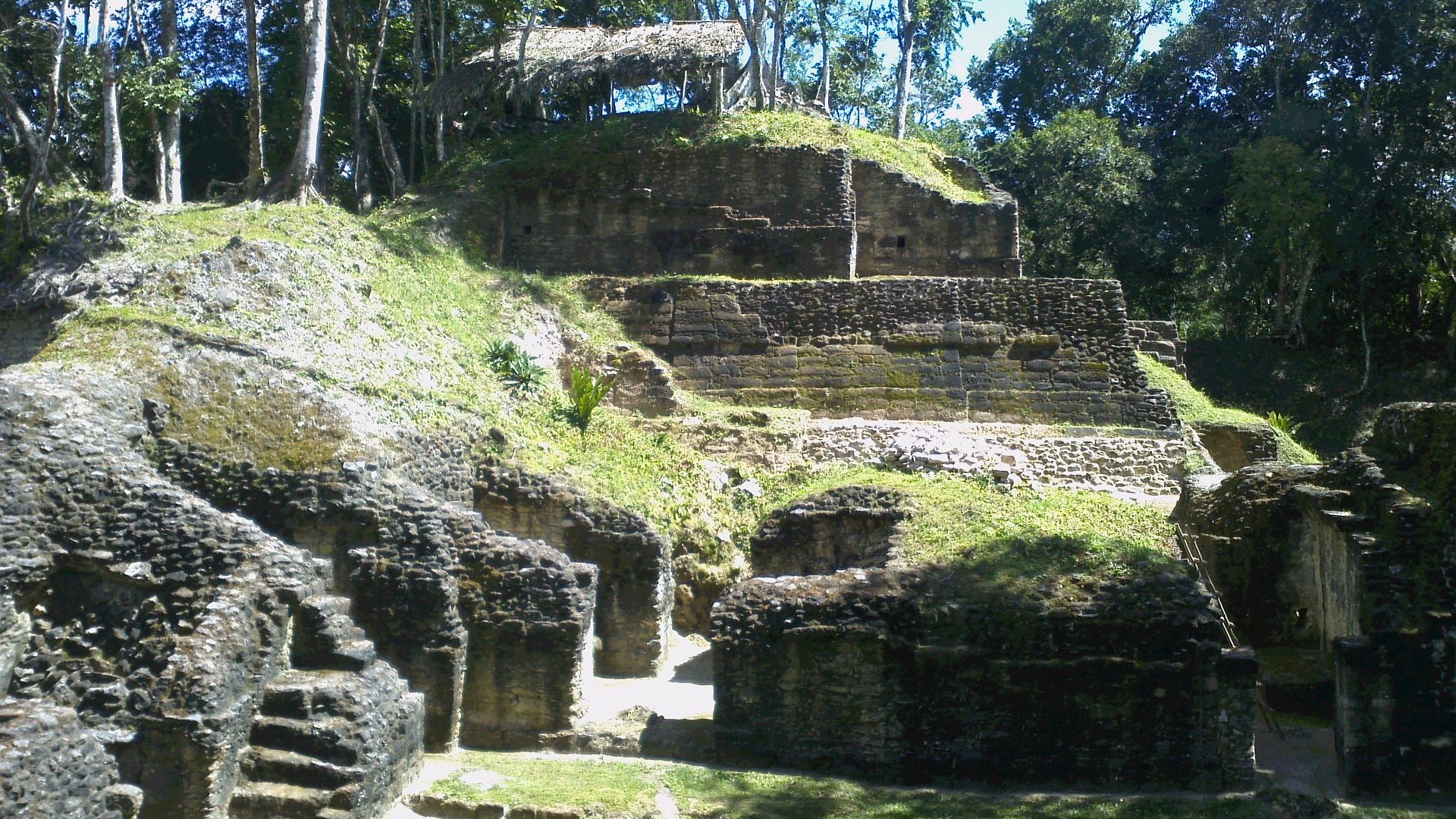 Rudy Canales, Wikimedia Commons
Rudy Canales, Wikimedia Commons
Ucanal Grew Stronger After The Collapse
In the years following the fire, civic and residential zones saw increased activity. Ucanal’s economy surged, its infrastructure expanded, social organization evolved, and new leadership filled the gap. Collapse didn’t crush it; it cleared the path for reinvention.
 Derivative work by Edgouno, CC BY-SA 3.0, Wikimedia Commons
Derivative work by Edgouno, CC BY-SA 3.0, Wikimedia Commons
The Fire Was A Pivot, Not A Finale
Historians once framed such events as endpoints. But this fire was a beginning. The burn didn’t close the Maya civilization at Ucanal—it transformed it. That ash-covered plaza just turned a page in Mayan History and set the spark for the next chapter.
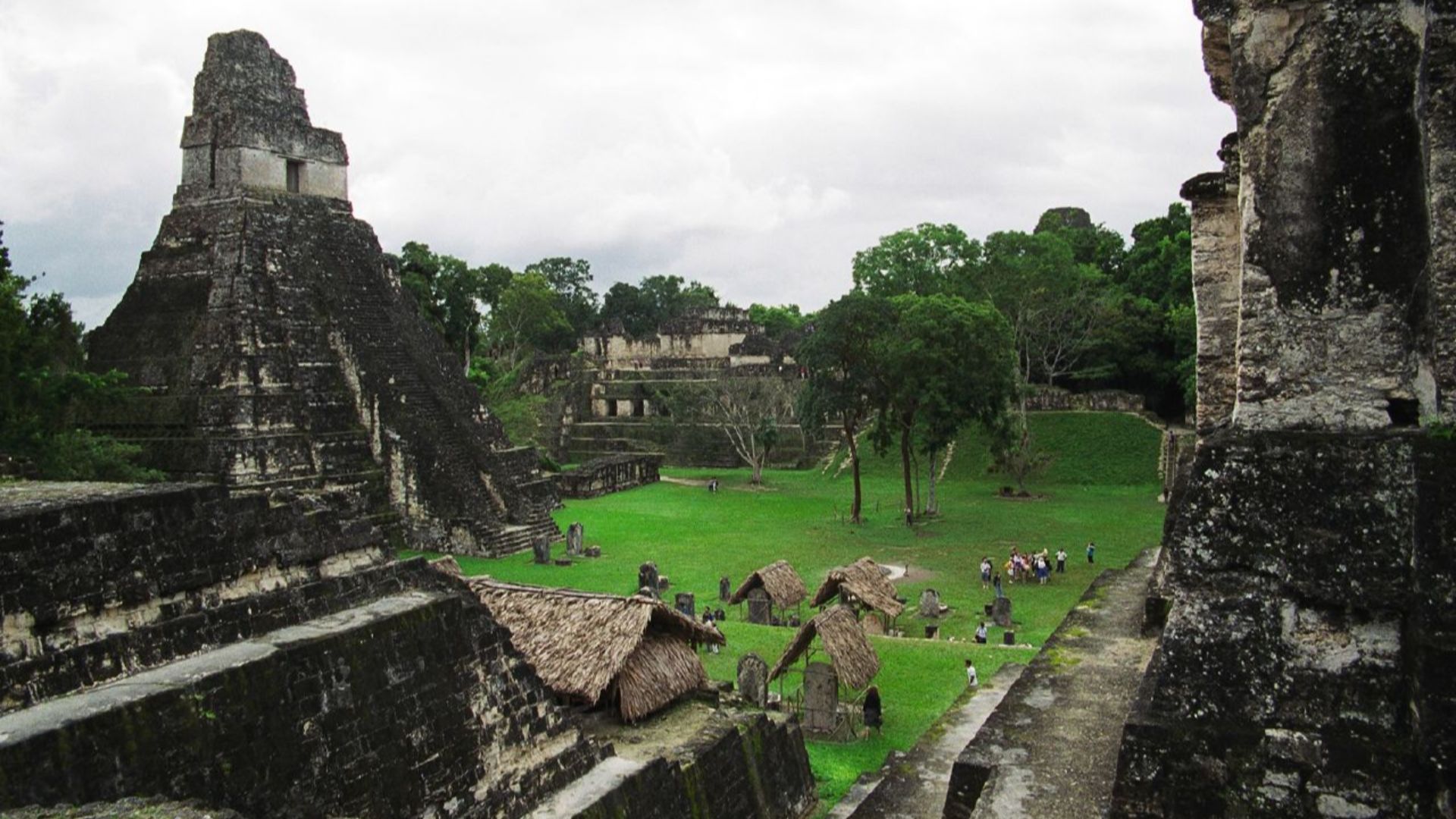 FlickreviewR, Wikimedia Commons
FlickreviewR, Wikimedia Commons

